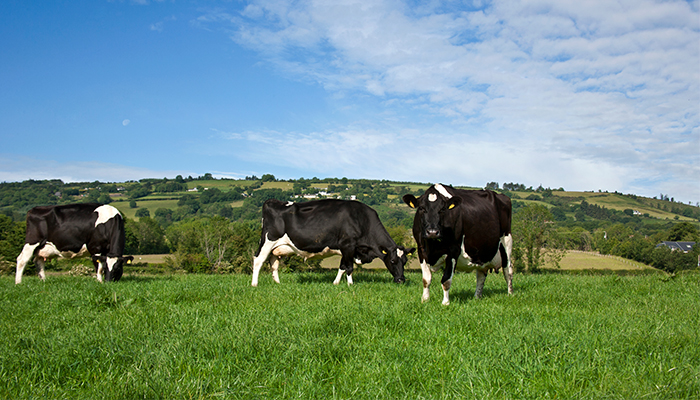26 September 2024
RVLs identify Schmallenberg antibody positives in some dairy herds

Testing undertaken by the Regional Veterinary Laboratories (RVLs), and prompted after the receipt of a number of reports of milk drop syndrome in dairy herds this summer, has confirmed the circulation of Schmallenberg virus (SBV) in some herds.
A statement released by the National Disease Control Centre of the Department of Agriculture, Food and the Marine on September 25 read: “The RVLs have received a number of reports of milk drop syndrome in dairy herds this summer. A high rate of seropositivity to Schmallenberg virus (SBV) has been found in the samples submitted from some of these herds.”
Where testing proved positive, it notes that some of the clinical signs included milk drop, diarrhoea, pyrexia (raised temperature) and apparent pregnancy loss, although not all clinical signs were present in all affected animals.
The National Disease Control Centre also confirmed that many of the positive animals had been born since 2018, which is when the virus is thought to have most recently circulated in Ireland and indicates more recent re-emergence of the virus.
It urged care when interpreting single serology (blood test) results, as alone they are not diagnostic for SBV. However, it noted: “In some of these herds, the virus itself has been detected or very recent infection has been diagnosed using paired serology tests around the same time the clinical signs occurred, suggesting that SBV was responsible”.
On advice, the National Disease Control Centre offered the following: “Animal keepers should be vigilant for the clinical signs described and consult their veterinary practitioner for advice if they are seen.”
